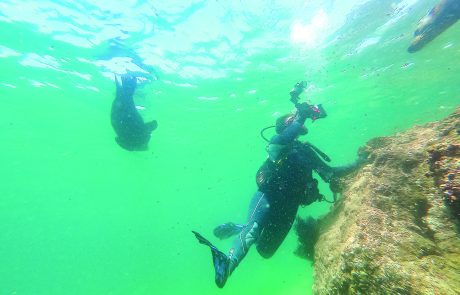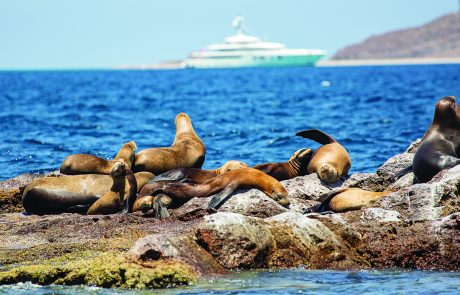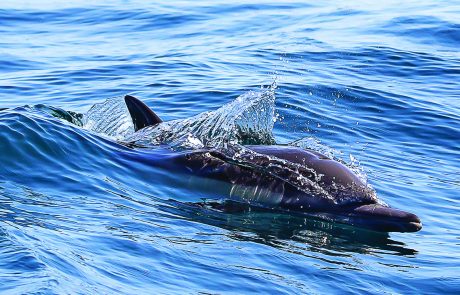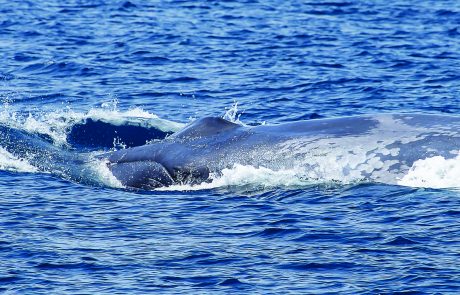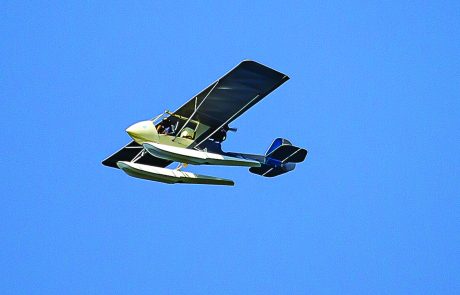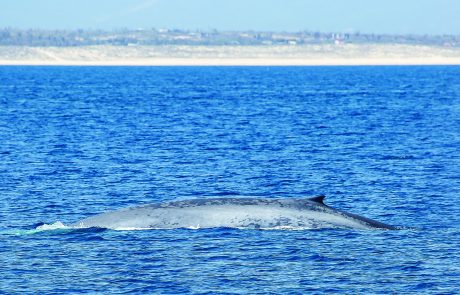The Sea of Cortes can be an incredibly challenging area to observe the entirety of its for marine diversity. Most people would only get small snapshots of individual species, having a private super yacht opened up this incredible destination and gave us so many options. One of the major challenges we came across was that the key species of California seals breed at the time of year we wished to go, along with other key species such as blue whales who migrate into and out of this area; this can make a trip unpredictable and hard to plan for. Overcoming these issues was at the heart of our planning dilemmas.
The Sea of Cortes has incredible natural phenomena such as super-pods of common dolphins that number into their thousands and large pods of orcas and false killer whales that predate them. Being able to cruise alongside them, get ahead of them, swim with them giving our guests memories they would never forget was amazing even awe-inspiring for some, but we wanted to increase the WOW factor – something that is very important to us at PGW. The problem you have is that you are not allowed to motor or dive around the seal colonies, you cannot dive near sea lion colonies at the time of year we were there unless you are there for scientific research purposes. To one of the guests in the group this was an experience she had desperately looked forward to her whole life, so we reached out to various universities and research projects within the area to ask how we could get involved in a way that would benefit their projects and research. Once the scientists had ascertained that all guests joining were of suitable qualifications and abilities, we were asked to join a group of scientists on their dive for a game count in which we needed to ascertain numbers, sexes, juvenile vs adult percentages and behavioural monitoring. Having numerous scientists alongside to oversee safety and bring a elevated intellectual angle to this experience was invaluable. The inclusion of scientists and academics is something we try to do on all of our trips.
Having covered the life experience of one guest, it was time to turn our attention to the experiences of all the others on board. Once again, we turned to the scientific community for their help. Finding large groups of cetaceans and pelagic species in a vast ocean area proved to be very difficult, with only limited success achieved with the use of drones. One day we were incredibly lucky when a young humpback whale decided to take a rest right next to the yacht; but luck only gets you so far. We called on the help of friends at Ocean Life Flights, the work that they do in the Sea of Cortes region is absolutely invaluable to conservation efforts in the region.
Using small amphibious ultra-lights they can cover much larger areas from the air giving them a birds eye view on the threats facing this ecosystem – overfishing, poaching and illegal tourism activities within restricted areas are but a few. They are also able to identify and count species in a way that is far more accurate than what can be done from a boat. One afternoon, they directed us to a pod of false killer whales that were hunting dolphins. On another day, when we were due to be snorkelling with mobular rays (normally almost guaranteed) we couldn’t find a single school. Knowing that our friends at O.L.F were not far away, we were able to call and ask for their assistance once again. After a short time, but with guests getting despondent, and looking eagerly towards the champagne and canapes an excited call over the radio directed us to an area just one mile north of our current position. With the hammer down, racing towards the area, all of the guests looked around excitedly but not knowing what we were going to see. On reaching the area we were told to switch off all engines and be as quiet as possible. All of a sudden, 50 metres from our boat the world’s largest living mammal, the blue whale, surfaced not once, but 7 times allowing us to identify and observe a species that so few humans can ever say that they have seen. Even the scientists were going a little crazy as this was not the time of year when this species would normally be found in the Sea of Cortes. A great example of luck, science, contacts and tenacity can come together to create a once in a lifetime experience.


